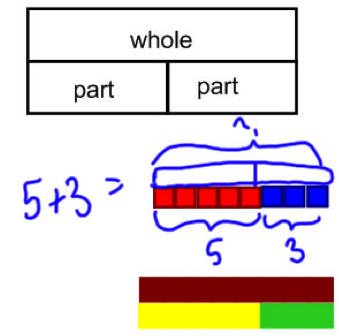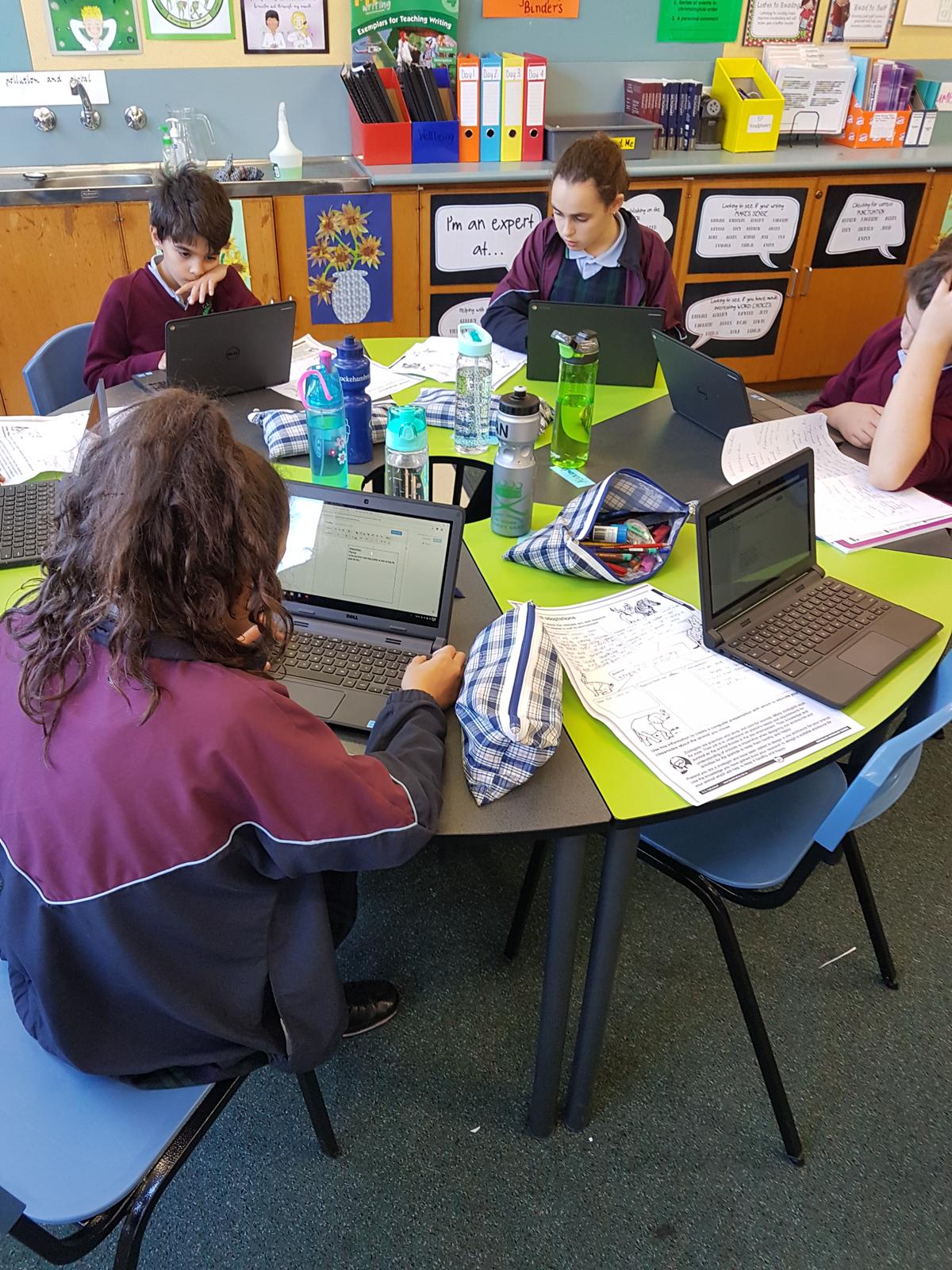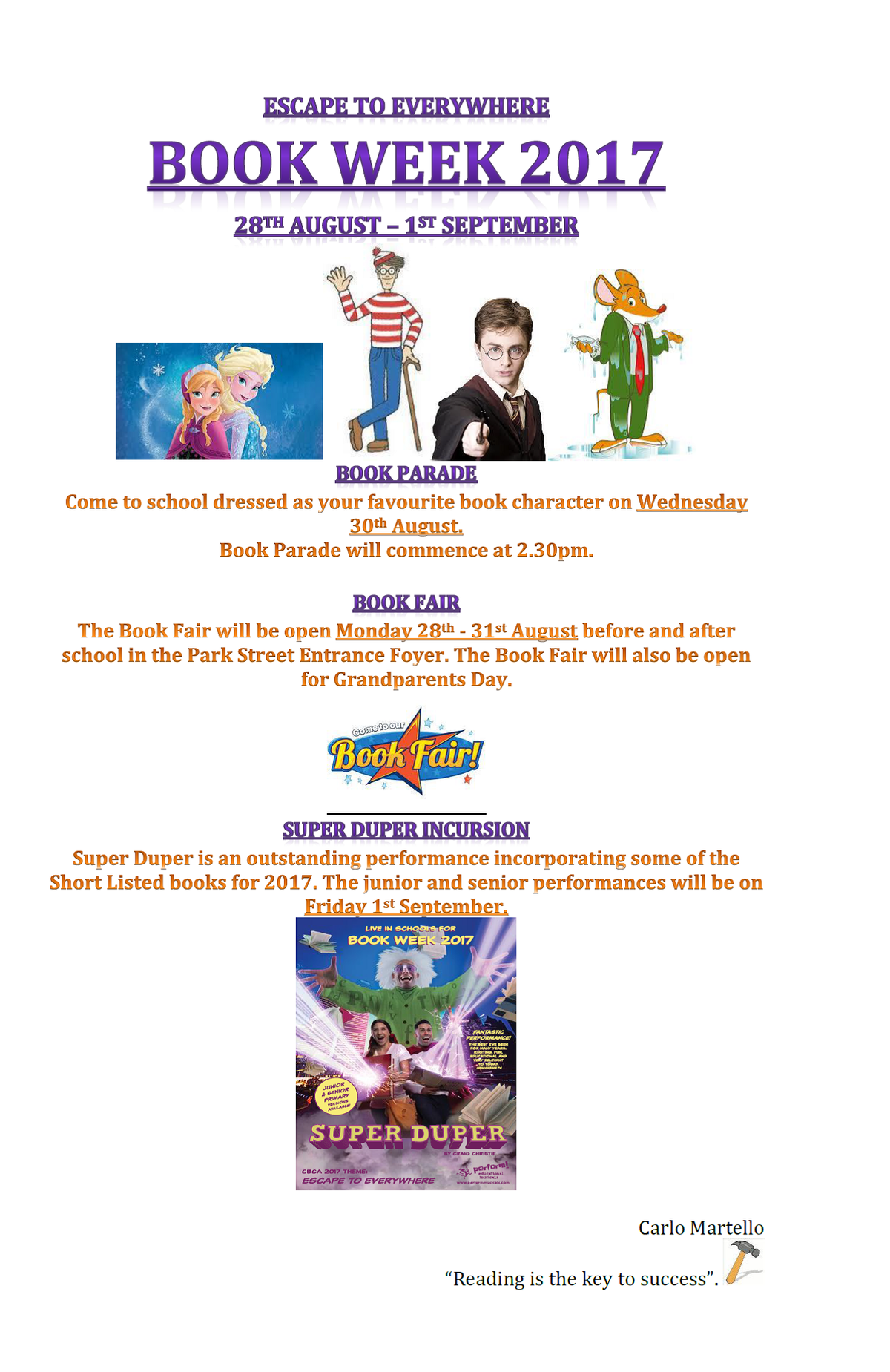Learning and Teaching

Number Intervention
Jane Ferris
jferris@gsmelbournesth.catholic.edu.au
Welcome back to Term 3! This term in Number Intervention, I will be targeting Number concepts in Years 1 and 2. I look forward to working with Miss Cox, Miss Smith, Miss Casey and Mrs Reid to increase understanding of Number and improve Maths results in the Junior School! A strong grounding in counting, forwards and backwards number sequences, early addition and subtraction concepts and the relationship between addition and subtraction are essential as a basis for the learning of Maths in the future. These will be our areas of focus.
Helping your child at home
Many parents of young children tell me they don’t understand the maths their child is doing, and they don’t want to confuse them by showing them a different way to solve a problem. Since we all want to be able to help our children with their home learning, I thought it would be helpful to explain some of the ways children are learning, so we can better connect to the work they are doing in the classroom. We’ll begin with adding and subtracting.
There are different models that are used to help children understand the relationship between addition and subtraction. I like to think of these two operations as always connected. I try not to teach one of these concepts without the other one. So, as students are learning to add, they should also be learning to subtract.
Below are some of the models that students are using to help them understand the relationship between addition and subtraction. Hopefully, seeing these models and understanding how to use them will help you when you see your child using them.
Ten Frames: A ten frame is a 2 x 5 array that is filled with counters to teach children subitizing (seeing a number), combinations of 10, patterns and adding/subtracting. As the child fills the 10 frame they start to “see” the value of different numbers, and can begin to add and subtract numbers less than, equal to and greater than 10. One of the most important concepts of a ten frame is for a child to “know” that when the frame is filled it is equal to 10. They don’t need to go back and count all the counters starting at 1. This also reinforces the concept of place value and our Base Ten System. Five Frames (half of a tens frame) are a good way to start with younger children, allowing them to develop a strong concept of the number 5 and all its variations.
Part-Part-Wholes: A part-part-whole diagram is essentially a bar model that represents the different parts and wholes in a number equation. This model is an excellent way for young students to see the connection between addition and subtraction. I really like to use part-part-wholes when solving word problems. Students can identify the unknown number with a blank space or question mark, then decide whether they are going to add or subtract to solve.
Term 3 Overviews
We encourage all families to read through the Term 3 Overviews. The Overviews explain the learning opportunities that students will participate in during Term 3. The Overviews also include important dates and events that are specific to each year level. We continue to encourage you to check the school calendar for the dates and time of school events.
What's happening in Year 5?
Personal Responses
In Year Five we have started writing Personal Responses. A personal response is a piece of writing in which you describe and analyse your own thoughts or feelings about a topic, show, reading etc. You can talk about anything and it doesn’t even have to be positive. You can give a negative review on a restaurant that made horrible food or a positive review on a restaurant that you love and would go to again. Personal responses are a mix between persuasive writing and recounts.
By Gypsy and Eliza 5F
This term in STEAM, Year 5 are studying The Arts. Our main focus is Media Arts. In media we have been looking at photography and had a brainstorm about words that relate to photography. Right now for homework we are researching how the film camera works. We have also watched a few videos on cameras as well. Also in media, we did a timeline of the camera and 10 important dates on how the camera has changed. Fun fact: the first camera was used in 1500, how crazy is that! We are enjoying this topic and hope to learn more about the camera and are ready for fun! Written by Manjo and Jett 5O.
1500: The first pinhole camera also called the Camera Obscura was invented by Alhazen (Ibn Al-Haytham).
Maths In Year Five
In Year 5, we have recently finished the topic Chance. In Chance, we used spinners and coins to study the chance we had to win in bets and games. This term, we have been learning about fractions, decimals and percentages. Recently, we have made a fraction wall which is a wall split into different parts. We had to write down the fractions, the decimals and the percentage and the word (e.g. half, ½ , 0.5, 50%). We split the wall into the fraction that we were converting. To do this we had to understand how to convert these. You can convert them manually or if it is too hard you could use a calculator. We are really enjoying the subject and can’t wait to find out more.
By Lucy Doyle and Jacqui Nolan 5








